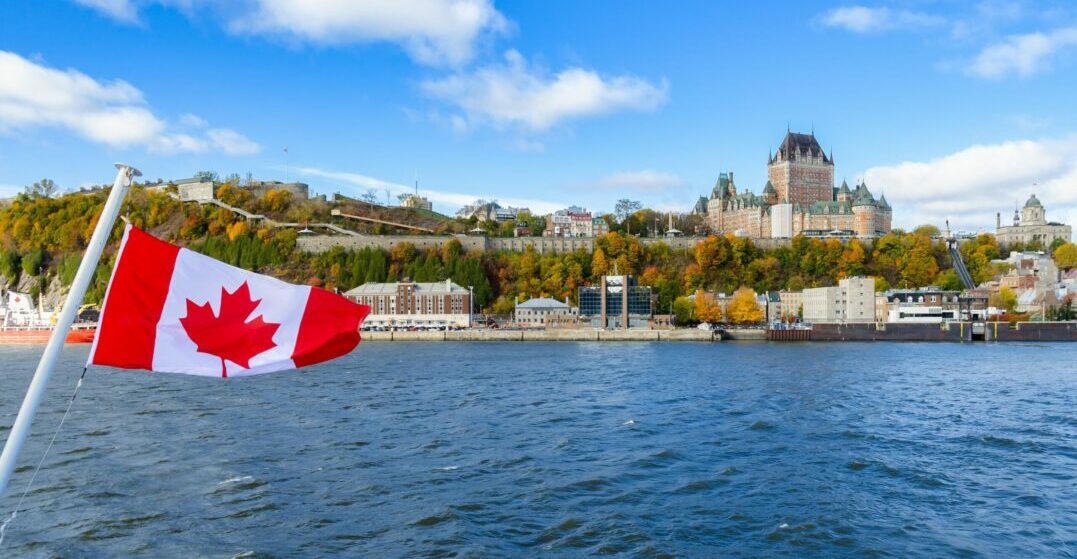Bilingualism in Canada: Why do they have two official languages?
Published on February 23, 2022 / Updated on January 10, 2024
With nearly 18% of people describing themselves as bilingual, and laws around education, packaging, and signage, Canada takes its commitment to bilingualism very seriously. It has been a source of tension politically since the time of the first European settlers as well. Here are a few facts about English and French speakers in Canada, how the country ended up with two official languages, and how relevant bilingualism is for Canadians today.
Around 7.5 million people speak French as their mother tongue in Canada, compared with 20 million English native speakers. However, 6.2 million non-francophones say they have knowledge of both official languages. Canadian children must study French at school at some point, though for how long varies from province to province. Parents can choose to enroll their children in free French immersion schools, if there is one available in their area.
When Europeans came to North America and settled on indigenous land, people from England and France settled in two different areas that would later become Canada in the early 17th century. These rival colonies competed for resources and relationships with the Cree, Assiniboine and Blackfoot peoples, culminating in battles in Quebec during the Seven Years’ War. The British officially won, but skirmishes continued. Uneasy relations between the English and French populations in Canada continued into the 20th century, with ongoing discussions in Quebec about becoming independent.
In 1969, the federal government passed the Official Languages Act, enshrining many rights for francophones in law. However, Quebec separatists continued to rally for independence, and in 1995 the referendum on secession failed by less than a percentage point, with 50.58% of Quebecois choosing to stay in Canada.
Most French speakers live in Quebec, where 85% of the population are francophone. Next door in New Brunswick, 32% of the population speaks French as their mother tongue. In the rest of Canada’s provinces and territories, native French speakers account for between 0.5%-5% of the population. However, nearly a third of Canadians can carry on a conversation in French, even if they wouldn’t describe themselves as bilingual.
As part of the Official Languages Act, French is taught in all Canadian schools regardless of where they are located, and French immersion schools are part of the public school system in most cities. However, bilingualism is slowly losing ground in Canada.
In most of Canada, it is mostly about French on all packaging, French instructions for products, and French options on the telephone system when phoning any official government office, as well as French at school of course.
In Quebec, it goes further, in that all signage must be in French, and if there is any English on a sign, the French must be at least twice the size. The official language of the province is French, and it is not uncommon to find that no one speaks English at all outside of the bigger cities, even officials like police officers are not required to speak English in Quebec.
This is a very politically fraught question, as francophone and anglophone relations in Canada have always been a bit strained. If you’re looking for work, in a broad range of industries being bilingual is very helpful, and for any government work it is a requirement. Working in travel, retail, packaging design, education, and journalism all benefit from a good knowledge of French. For living in Quebec, even in Montreal or Quebec City, bilingualism is a must. Across the rest of Canada, it is not at all required for everyday life, but the influence of French is everywhere and very much a part of the Canadian national character.
From the first time Europeans settled on indigenous land in what would become Canada, the languages of French and English have both been present. There is a complicated history to relations between English and French speakers in Canada, but French continues to be an important part of Canadian life.
